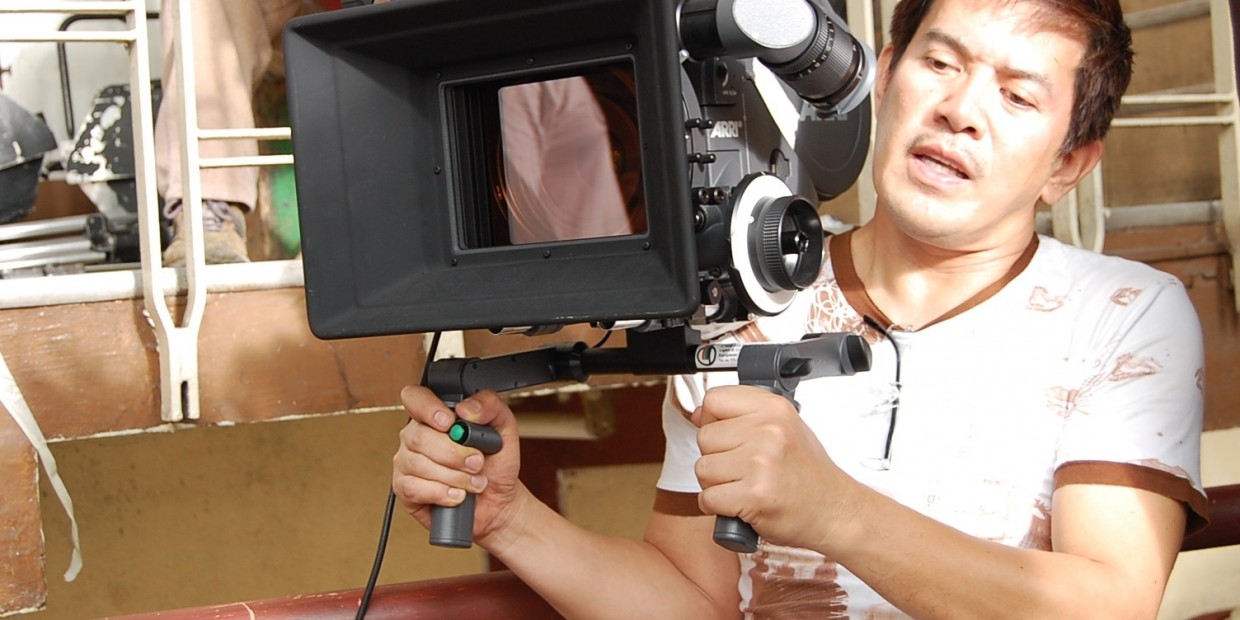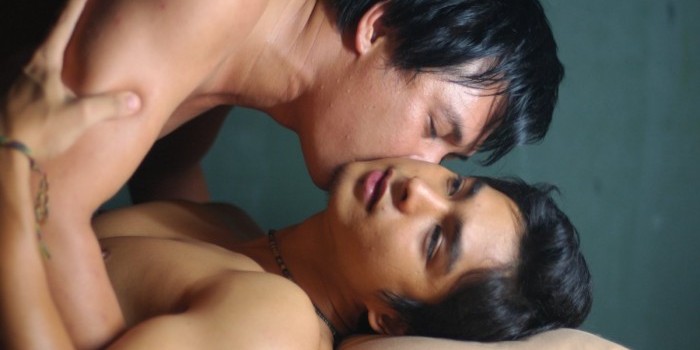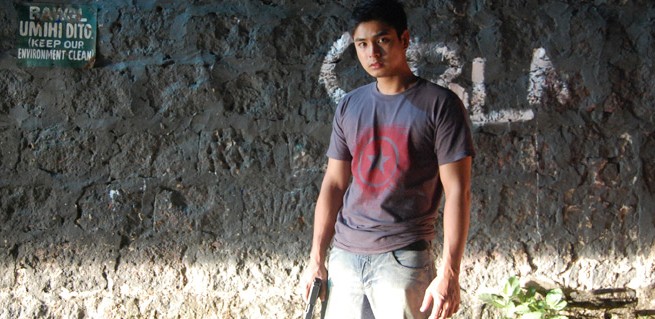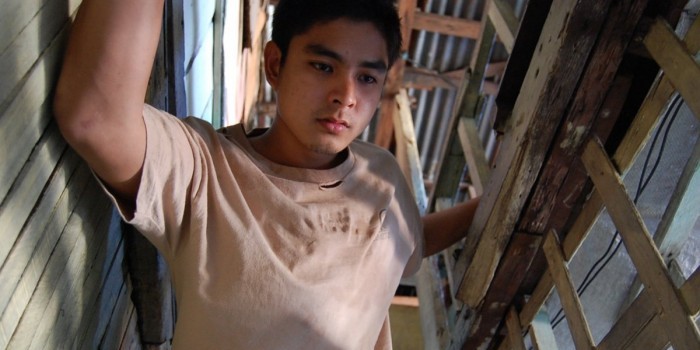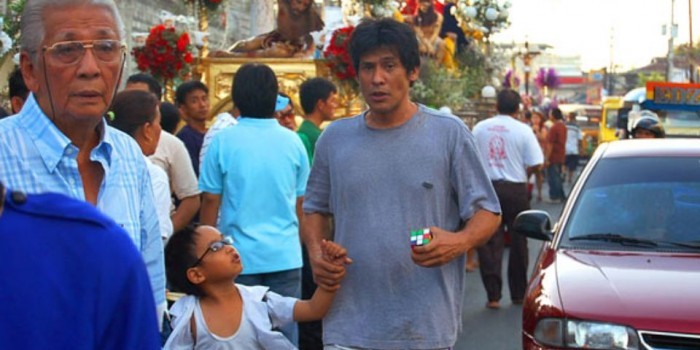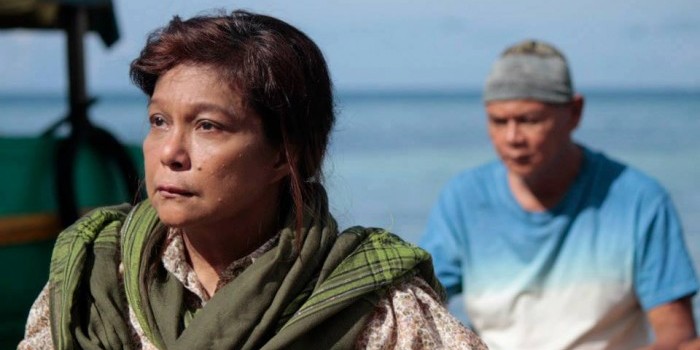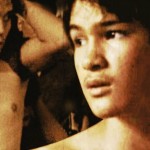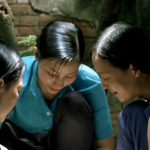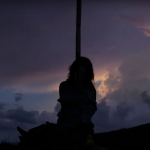By Leni De Castro
After the Second Golden Age of Cinema in the Philippines waned down in the 1990s, the 2000s saw a new breed of auteurs climbing up from the underground. Brillante Mendoza belonged to this breed, a fresh wave of independent filmmakers. From his first film, The Masseur, onwards, he has awed audiences with his own brand of cinematic realism.
The director’s stark and sometimes brutal style stems from his principle of avoiding set standards. He prioritises the importance of conveying the message of his films without pretension. He believes that the upsweep of technology is helpful in exposing more Filipino films to a wider audience base, and that the VOD market and other new mediums have helped in democratising filmmaking and in opening new doors for budding talent. And now that short films are being given the attention they deserve from younger audiences with shorter attention spans, Mendoza has concluded that the Filipino film industry is very much alive.
Ascertain his unassuming style of realism in his five top opuses, in no particular order.
1. The Masseur (2005)
This film does not fall short when it comes to staging life, dreams and death, combined with the dark street corners, alleys and hallways, and dim massage rooms of a people who must do what they can in order to survive. We see a rich tapestry of caretellas (carriages), padyak trikes (improvised motorbikes), mahjong, jeepneys (public utility vehicles), and sward speak (gay lingo) in the squatter slums of the Metro where the jobless, the night hunters and prostis (prostitutes), and the shabu (crack cocaine) crazed people abound.
The metaphoric comparisons in this movie are laudable – the zipping up of his dead father’s zipper and the unzipping of his customer’s pants, and the gay laughter of his customer alongside the sobbing of the widow in the funeral car – providing contemplative differentiation for surviving in the urban jungle, and Mendoza’s desire to project the sluggish life of actual Manila makes for an enervated experience.
2. Kinatay (2009)
With exceptional direction by Brillante Mendoza and a brilliant performance by Coco Martin, the hollow brutality and the empty violence carry the auteur’s message that, within this subculture of the slums, there is an utter lack of human dignity and a disregard for the value of human life. Mendoza’s stark realism vividly captures the Metro’s dark slums and street corners where lives are as cheap as the law that shadows them.
3. Slingshot (2007)
One of Brillante Mendoza’s darkest films, Slingshot holds significance for its attempt to show the contrast between the little felonies of poverty and the big crimes of luxurious abundance. Manila seems to be Mendoza’s favourite setting as he immerses himself in the frenzied, unrelenting and dogged subcultures of the rich and the poor.
The chaos is like the noise in a train station just before the train arrives. It’s the wretchedness of petty criminality versus abject political callousness for the enrichment of a few, deftly captured through the unobstructed flow of the camera, though the film also has a few light and funny moments. Ultimately, Mendoza is a Prometheus worshipper, admiring the hustler who stole Zeus’ fire.
4. Service (2008)
The rhythmic corridors and meandering steps of a relatively dilapidated theatre exposes the smallness of what would otherwise have been a grand auditorium, showing in turn the smallness of life in an otherwise enormous Metro. It serves as the shelter of an extended family and its adorable little boy.
Here is where they thrive and try to survive. Here, where heterosexual movies are being shown but whoever comes in, comes in for its darkness to close a homosexual flesh trade, or to exchange money for drugs or to simply run from the boredom of life. And here, where they act out their roles in an exceedingly sexual world, where they work through a divorce, a wedding, a pregnancy and even a fantasy and, last but not the least, the issue of a runaway goat. All of this happens around the subject of the dying business of independent cinema houses.
5. Thy Womb (2012)
In his movie Thy Womb, Brillante Mendoza steps out of his comfort zone of physical realism into the realm of emotional turmoil, and from the hustle and bustle of the urban jungle to the calm and crystal clear seas of the Badjaos. Set in the southernmost tip of the Philippines near Borneo, the culture of the Badjao people, their wedding rituals and daily living are magnified in the film in contrast to the looming dangers of military conflicts within the area.
Thy Womb is about a woman’s love for her man, and the ultimate sacrifice that she makes. The desire for a child pushes a mother to tirelessly look for a second wife for her husband. The emotional turmoil within the wife’s heart and in the husband’s concern that he acquires an heir to his name is like watching the stillness of the sea, unaware of the hidden undercurrent. Mendoza’s sense of realism comes through in the details of daily life, customs, rituals, childbirth and in the making of a reed mat.
A filmmaker of unapologetic and unpretentious sensibilities, Brillante Mendoza’s fondness for details, conflicts and contrasts define his films as contemplations of existence and the purpose of life.
Watch Now on FilmDoo:
(UK & Ireland only)

